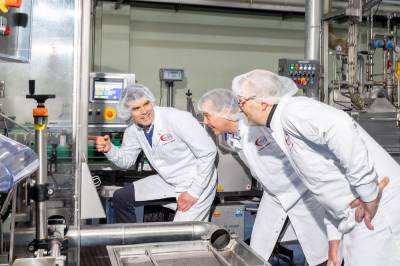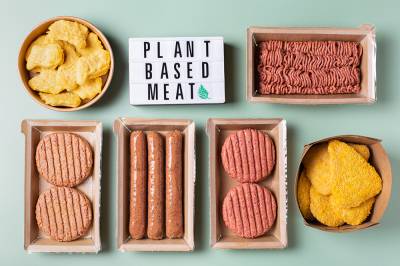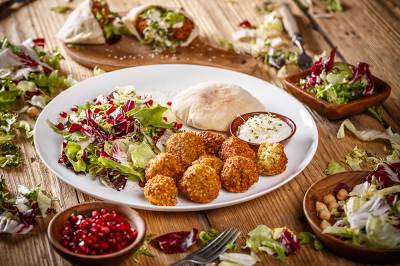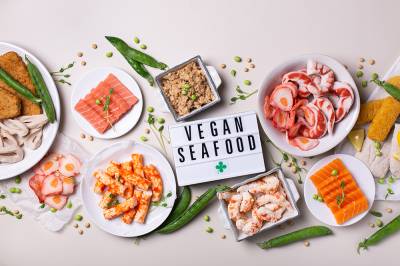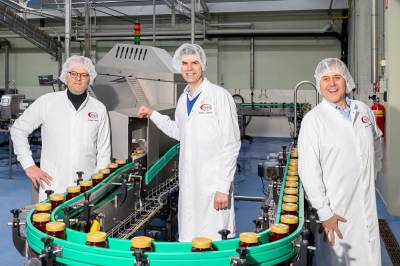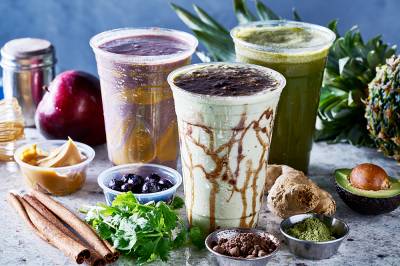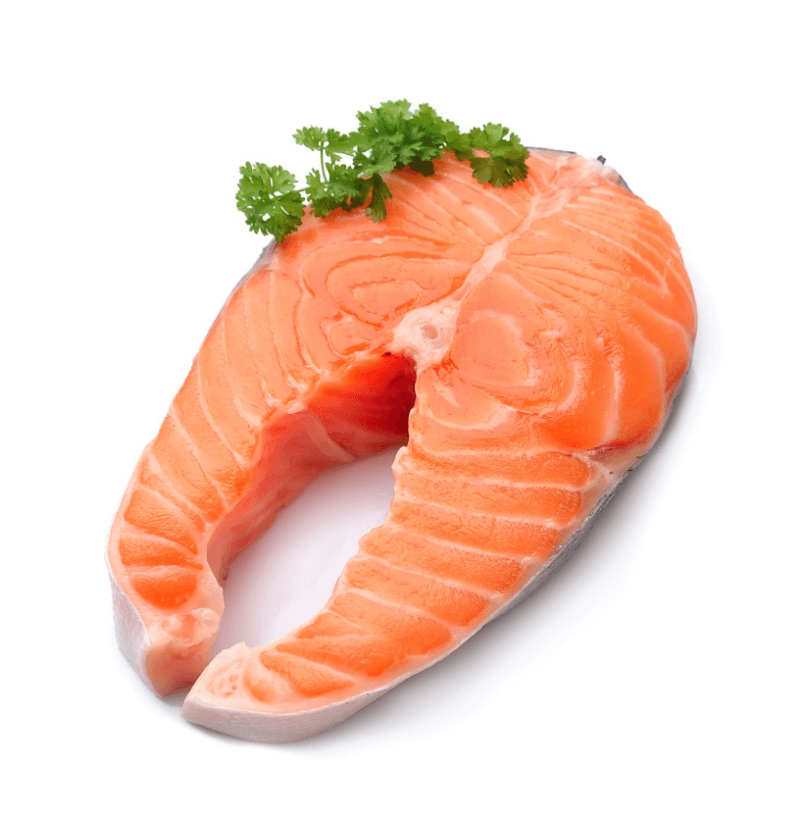
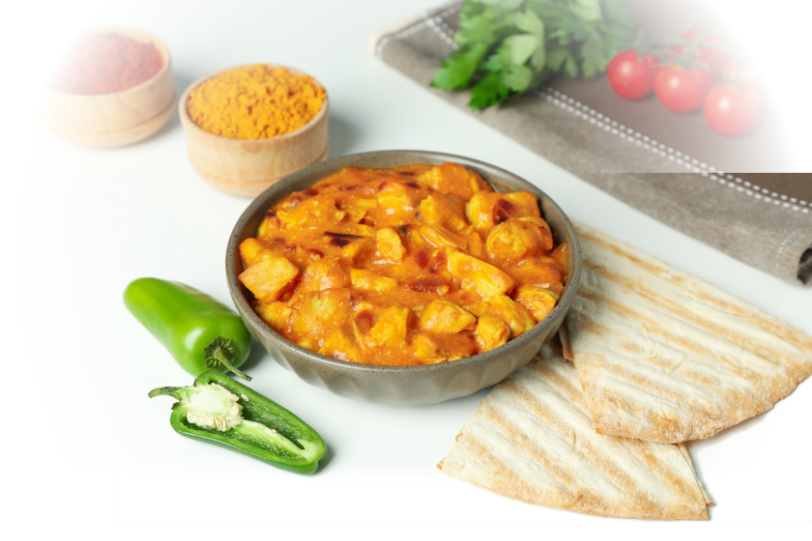




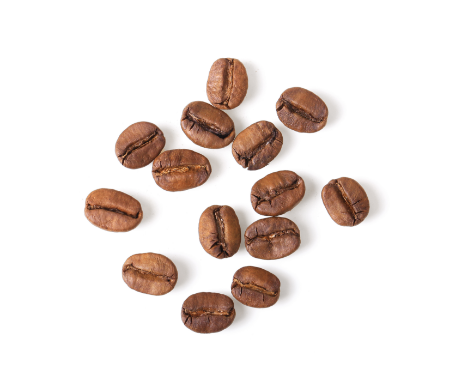
The Private Label Acceleration Paradox: Why Speed Requires Operational Trust

The Private Label Acceleration Paradox: Why Speed Requires Operational Trust
Retailers and brand owners across Europe are in the same race:
More private label penetration
More “better for you” and plant-based innovation
More speed in getting concepts from idea to shelf
At the same time, very few are investing in large new factories. The dominant model is asset-light: working with co-manufacturers and partners for most of the production.
On paper, that looks ideal. In practice, it creates what we call the Private Label Acceleration Paradox:
You push for more speed with outsourced production, but every step increases operational and reputational risk, unless you also invest in trust.
In this article, we unpack that paradox and show how our structured approach—the FoodFlow Method—provides the operational trust you need to achieve Speed without Risk.
Why Private Label Needs Speed More Than Ever
There are strong reasons why private label now moves faster than many A-brands:
Retailers have direct consumer data and see trends in real time
Own brands can respond quickly with tailored price–value propositions
In categories like plant-based, snacks, beverages and frozen foods, private label is no longer just a “cheap copy” but often the category driver
This pushes private label and innovation teams to:
Shorten time-to-market from years to months
Run more parallel projects
Experiment with new formats, ingredients and suppliers
Because internal factories can’t handle that variety and risk, outsourcing to co-manufacturers becomes the default.
Where Outsourced Launches Go Wrong
When we step into a project that has gone off the rails, the root cause is rarely the concept itself. The problems arise when commercial speed collides with operational reality.
Typical failure modes we see:
The wrong co-manufacturer was selected under time pressure.
“They had capacity and were eager” replaces a structured selection process. There’s no real assessment of fit: line capabilities, quality assurance culture, flexibility, and financial stability.Specifications and responsibilities are not clear.
Briefs remain at the level of “like this existing product, but…”. Tolerances, critical control points and complaint-handling are not fully defined. Pack copy and claims are locked before the supply chain is fully validated.No structured plan for the first industrial runs.
Pilot results are assumed to translate directly to real lines. There’s no agreed “run plan”, no shared KPI dashboard, no contingency scenario. Everyone hopes the first big run “just works”.
When this occurs, a model that should be asset-light suddenly becomes risk-heavy:
Quality incidents and withdrawals
Last-minute firefighting in the supply chain
Frustrated category teams and co-manufacturers
Operational Trust: The Missing Link
At the heart of the paradox is a simple point:
If you accelerate without investing in operational trust, you are effectively borrowing risk from the future.
In private label and outsourced production, operational trust means:
You understand what the partner can and cannot do: technically, organisationally, and culturally
You have evidence that critical processes work in practice
You have shared KPIs and escalation paths for when things go wrong
You know that if volumes double (or a complaint arises), the relationship doesn’t break
This isn’t something you achieve with a single plant visit or a nice PowerPoint. It requires a structured approach to designing, finding, onboarding, and launching with co-manufacturers.
That’s the purpose of our FoodFlow Method.
FoodFlow: Structuring Speed and Risk
At Cibus Nexum, we operate as an independent food outsourcing partner. We don’t operate factories or produce ourselves. That independence allows us to focus on one thing: building solid outsourcing setups that provide both speed and control.
In the FoodFlow Method, we typically work through four steps:
1. Design
Translate your category strategy and concept into concrete requirements: product, process, certifications, capacity, flexibility, economics, and risk profile.
Align internal stakeholders (category, quality assurance, procurement, supply chain) on what “good” looks like.
2. Find
Run a structured, independent market scan in Europe.
Shortlist co-manufacturers that genuinely fit the requirements, including those outside your existing network.
Perform due diligence, including site visits and discussions about actual historical performance.
3. Onboard
Set up a clear validation path: trials, pilot runs, documentation, and quality assurance gates.
Formalize roles, responsibilities, and communication lines.
Align on contracts that protect the brand, maintain margins, and preserve flexibility.
4. Launch
Plan and accompany the first industrial runs.
Establish KPIs and a governance rhythm.
Capture learning for future projects and backup sourcing.
The result is a practical route from concept to shelf that lets you say “yes” to more projects without blindly increasing risk.
Why We’re Bringing This to Fi Europe 2025
That’s why we’re bringing this discussion to Fi Europe 2025 in Paris. We’ll talk to retailers, brands, and their partners about this paradox of acceleration every day.
For private label teams, the question is:
Where is our outsourcing already strong, and where are we relying on luck?
For co-manufacturers, the question is:
How can we demonstrate reliability and become the partner of choice for the right retailers and brands?
For ingredient innovators, the question is:
How do we move from samples to consistent, scalable applications in real products?
If any of this resonates with you, it may be the right time to define or update your own FoodFlow for 2026.
You can find us at:
| Detail | Location/Time |
|---|---|
| Location | Fi Europe 2025 – Paris Expo Porte de Versailles |
| Stand | Hall 7.3 – Stand J23 (Netherlands Pavilion) |
| Dates | 2–4 December 2025 |
More details and practical information are on our FiE page:
👉 https://cibusnexum.com/fi-europe-2025
What To Do Next
If you’re not coming to Paris but recognize the Private Label Acceleration Paradox in your own organization, we’re happy to talk.
You can reach us via the contact form on our website, and share a brief description of your current challenge, and we can explore whether our FoodFlow approach is a good fit for your situation.
Cibus Nexum is an independent food-outsourcing partner.
We don’t produce and we don’t own factories. We help you design, find, onboard and launch with the right co-manufacturers—so you can grow faster, with less risk.
Sign up for the latest tips and that you can put into practice right away.

Call me back request



